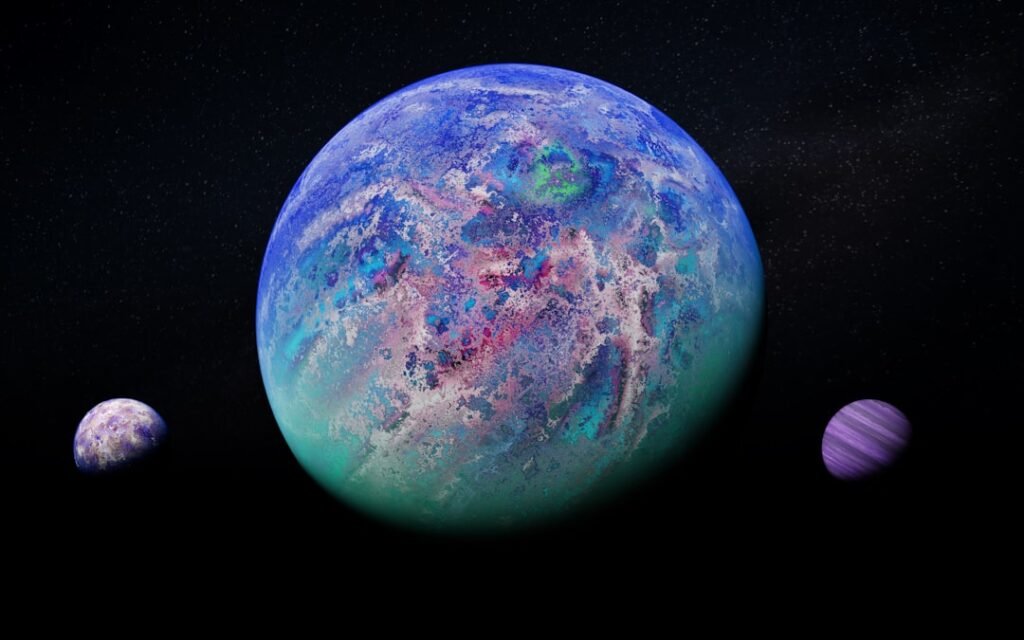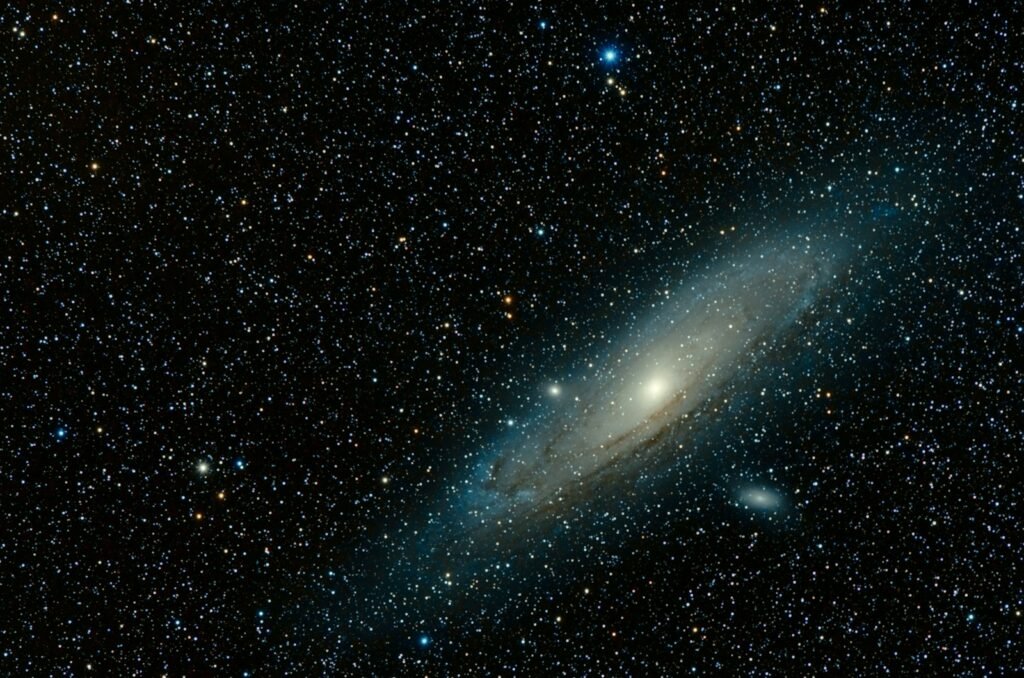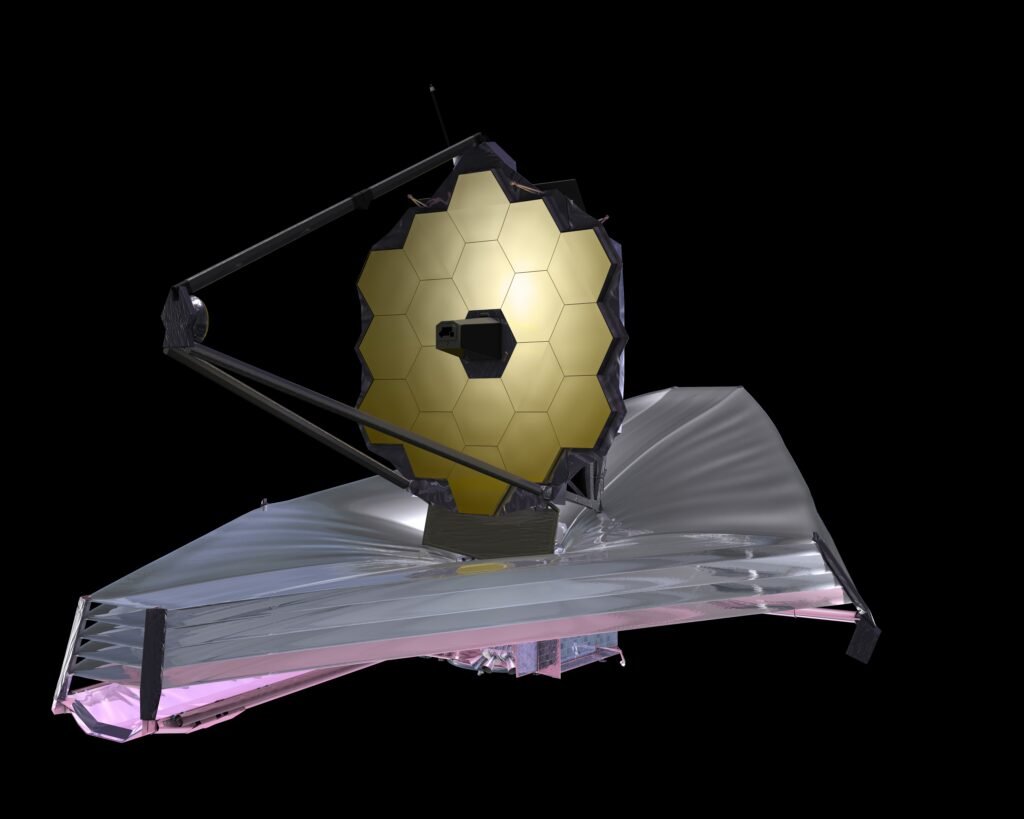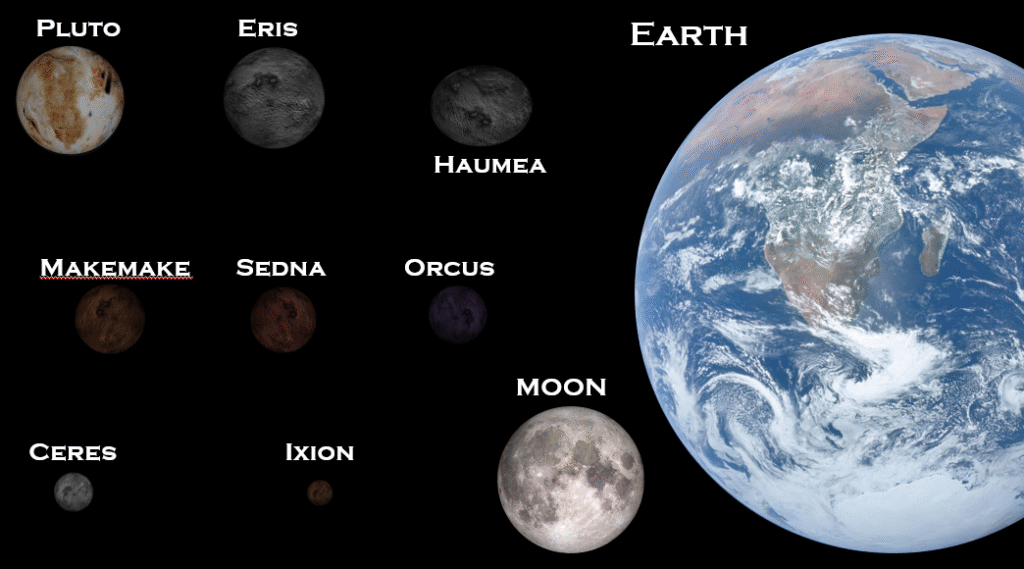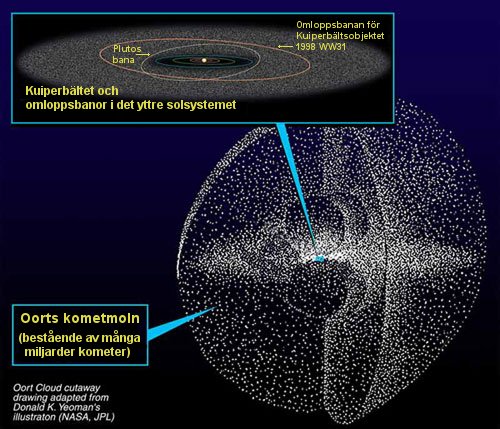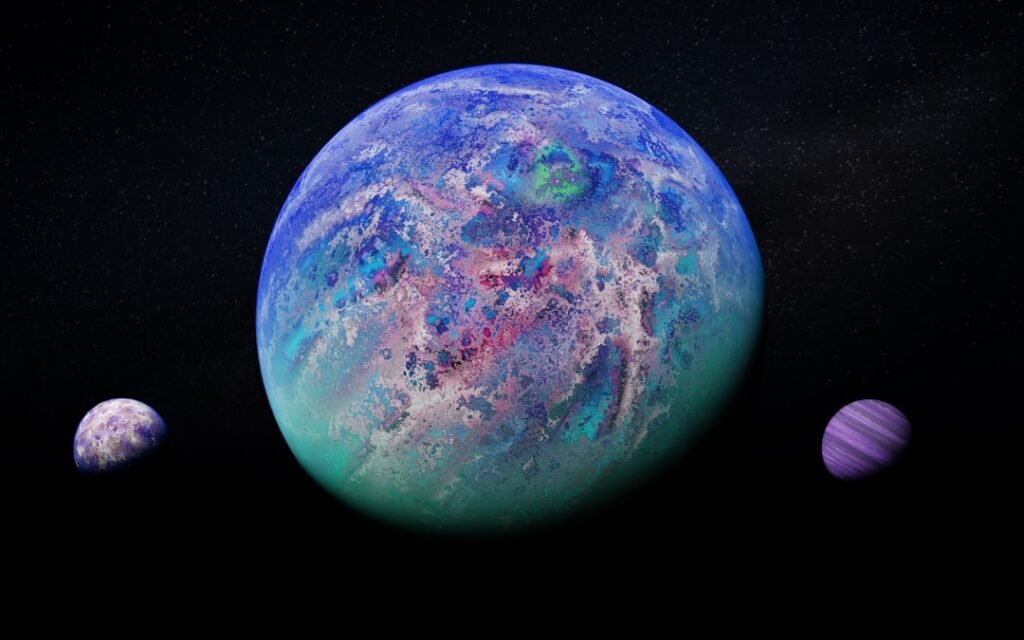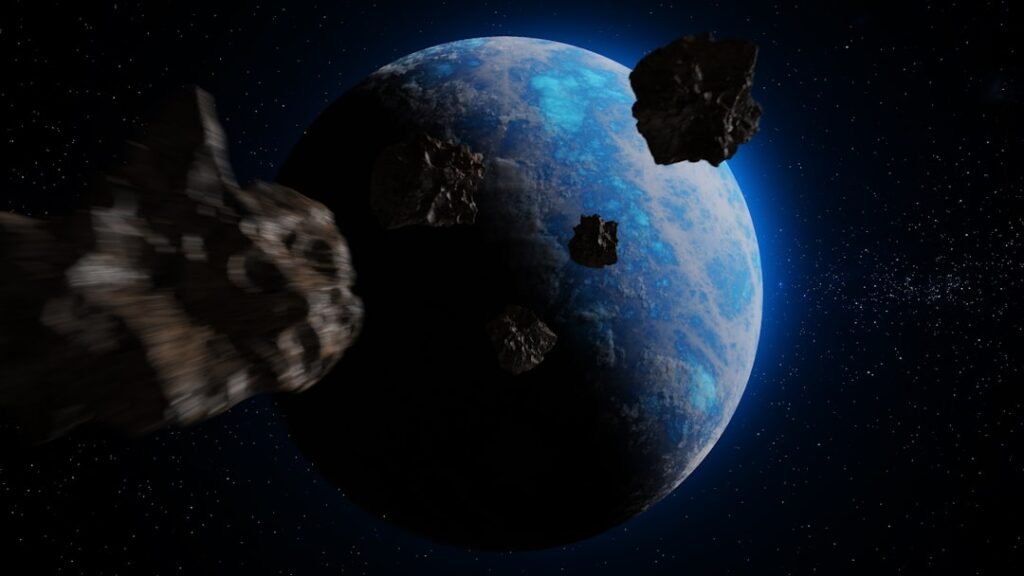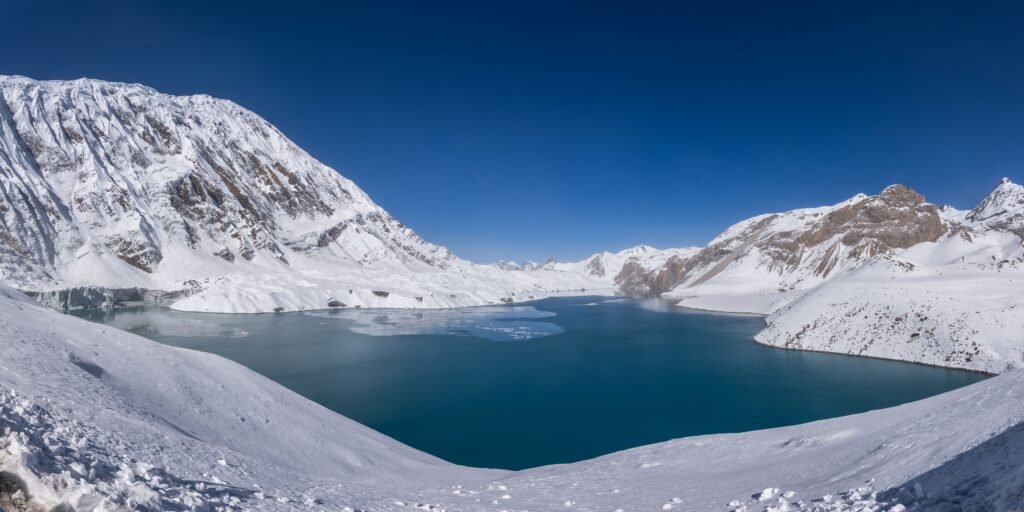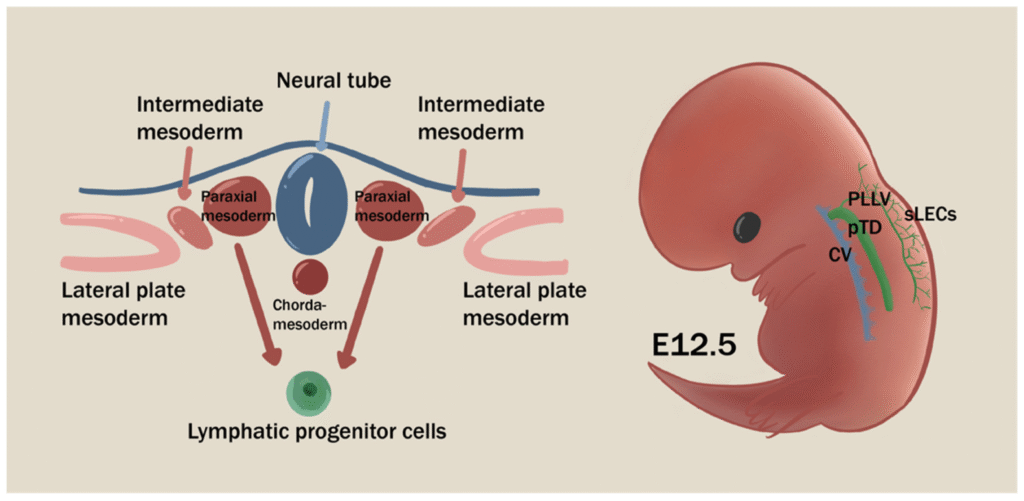Titan: Saturn’s Massive Moon with a Methane Ocean
Saturn’s largest moon looks like a world a novelist might have dreamed up, then science proved it was real. Wrapped in orange haze and cold enough to crack steel, Titan holds seas of liquid hydrocarbons and hints of an ocean hidden below ice. For decades, oceans meant water and life, but Titan flips that assumption ...


